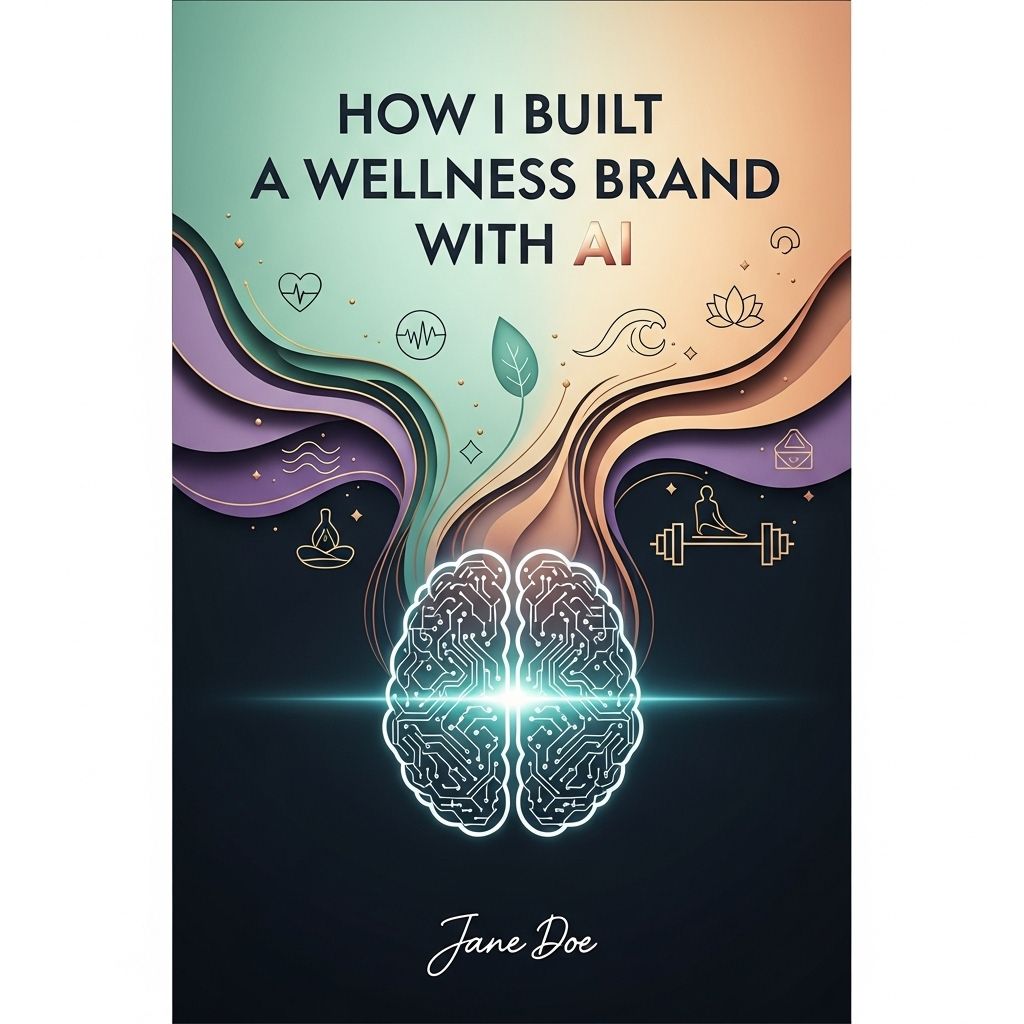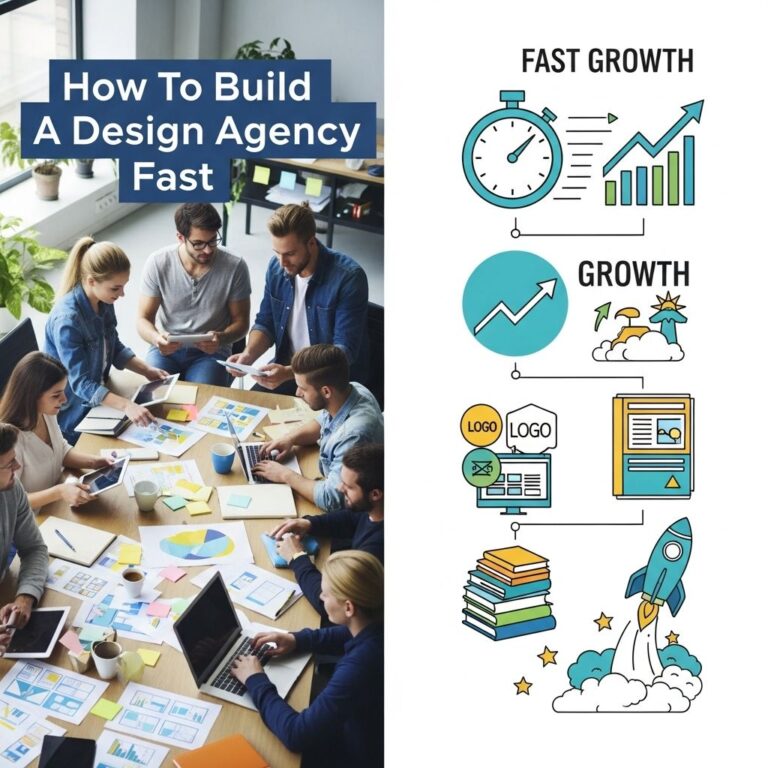In the age of technological advancement, the integration of Artificial Intelligence (AI) into various sectors has transformed the way businesses operate, including the wellness industry. Building a wellness brand that resonates with consumers requires a deep understanding of their needs and preferences, and this is where AI comes into play. By leveraging AI technologies, I’ve not only streamlined my processes but also enhanced customer engagement and satisfaction. In this article, I will share my journey of creating a wellness brand using AI, detailing the strategies, tools, and lessons learned along the way.
Table of Contents
Understanding the Wellness Landscape
The wellness industry is vast, covering various aspects of health including physical fitness, mental health, nutrition, and holistic practices. According to a report by Global Wellness Institute, the global wellness economy is worth over $4.5 trillion, with a substantial growth trajectory. Here are the primary segments:
- Physical Wellness: Fitness programs, gym memberships, and health clubs.
- Mental Wellness: Therapy, mindfulness apps, and stress relief programs.
- Nutrition: Health foods, supplements, and dietary plans.
- Holistic Approaches: Yoga, meditation, and alternative therapies.
Identifying the Niche
As I ventured into the wellness industry, identifying a niche was crucial. The market is saturated, so carving out a unique space is essential for standing out. My research revealed several underserved areas:
- Technology-Driven Wellness: Integrating tech with wellness practices.
- Personalization: Customized wellness solutions based on user data.
- Community Support: Building networks for shared experiences and accountability.
AI in Market Research
To better understand my target audience, I employed AI market research tools that provided insights into consumer behavior, preferences, and trends. This included:
Data Analysis Tools
Using platforms like Google Analytics and Tableau, I was able to analyze user data effectively. The following metrics were particularly useful:
| Metric | Insights |
|---|---|
| Demographics | Age, gender, income level of users |
| Engagement | Time spent on site, most accessed content |
| Conversion Rates | Sales data and customer retention rates |
Sentiment Analysis
Utilizing AI-driven sentiment analysis tools helped gauge customer opinions and feelings towards various wellness products. This feedback was invaluable in refining my brand’s offerings.
Building the Brand
Once the market research was complete, it was time to build a brand that resonated with consumers. Key considerations included:
Brand Identity
A strong brand identity is essential for recognition and loyalty. I focused on the following elements:
- Logo and Visuals: Created a modern logo that reflects wellness and technology.
- Tagline: Developed a catchy tagline that communicates my brand’s mission.
- Color Palette: Chose calming colors that evoke a sense of tranquility.
Website Development
My website is the digital face of my brand. I incorporated AI tools to enhance user experience:
- Chatbots: Implemented AI chatbots for 24/7 customer support.
- Recommendation Systems: Used algorithms to suggest products based on user preferences.
- Responsive Design: Ensured the site is mobile-friendly, as many users access wellness information on their smartphones.
Content Creation with AI
Content marketing is a cornerstone of any successful brand, and AI has revolutionized how I create and distribute content. Some strategies I utilized include:
SEO Optimization
AI-powered tools like Yoast SEO and SEMrush helped optimize content for search engines:
- Keyword Research: Identified high-traffic keywords relevant to wellness.
- Content Structuring: Created engaging posts with proper headings and formatting.
- Analytics: Regularly monitored performance to refine strategies.
Personalized Content Delivery
Leveraging AI, I tailored content recommendations based on user behavior:
- Email Campaigns: Customized newsletters featuring articles and products relevant to individual interests.
- Social Media Targeting: Utilized AI to analyze engagement trends and optimize ad spending.
Product Development with AI
In addition to branding and content, AI also played a pivotal role in product development:
Consumer Insights
Using AI analytics tools, I gathered data on what products consumers were most interested in, allowing for targeted product launches. This included:
- Health Supplements: Personalized vitamins based on user health data.
- Fitness Programs: Tailored workout plans generated through AI algorithms.
Marketing Strategies
With a strong foundation established, I turned to marketing my wellness brand effectively. Key strategies included:
Social Media Engagement
Creating a community around the brand through social media has proven invaluable. I utilized:
- Influencer Collaborations: Partnered with wellness influencers to reach broader audiences.
- Interactive Content: Engaged users with quizzes and polls to increase interaction.
Data-Driven Advertising
Using AI algorithms for targeted advertising allowed me to maximize budget efficiency:
- Facebook Ads: Targeted specific demographics based on interests and behaviors.
- Google Ads: Utilized keyword targeting to reach potential customers actively searching for wellness solutions.
Measuring Success
Tracking the success of my wellness brand was essential for future growth. I employed several metrics:
- Sales Growth: Monitored increases in revenue over time.
- Customer Feedback: Regularly collected reviews and ratings from users.
- Engagement Metrics: Analyzed website and social media analytics.
Future Innovations
Looking ahead, I am excited about the potential innovations AI can bring to the wellness industry. Future projects may include:
- Virtual Wellness Advisors: AI-driven personal wellness coaches.
- Enhanced Data Privacy Measures: Improving security for user data.
Conclusion
Building a wellness brand with the help of AI has not only streamlined my operations but has also created a more personalized experience for customers. As technology continues to evolve, the potential for innovation in the wellness sector is limitless. For those looking to enter this space, embracing AI is no longer optional; it’s a necessity. The journey may seem daunting, but with the right tools and strategies, success is within reach.
FAQ
How can I use AI to build a wellness brand?
AI can help in various aspects, including market research, personalized customer experiences, content creation, and data analysis to optimize marketing strategies.
What are the benefits of integrating AI into my wellness brand?
Integrating AI can enhance efficiency, improve customer engagement, provide insights into consumer behavior, and streamline operations.
What types of AI tools are best for wellness brands?
Some effective AI tools include chatbots for customer service, analytics platforms for data insights, and content creation tools to generate wellness-related articles or social media posts.
Can AI help in creating personalized wellness solutions?
Yes, AI can analyze user data to offer tailored wellness plans, nutritional advice, and fitness routines based on individual preferences and goals.
How do I ensure my wellness brand stands out in a competitive market using AI?
Leverage AI for unique customer insights, create personalized marketing campaigns, and continuously innovate your product offerings based on data-driven decisions.
What challenges might I face when building a wellness brand with AI?
Challenges may include data privacy concerns, the need for technical expertise, and ensuring the AI solutions align with your brand’s values and mission.




